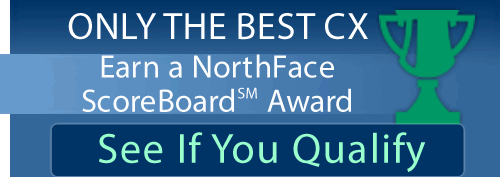Do you consider the quality and performance of your employees as a major business asset? You should. Indeed, many firms list "our people" as their biggest competitive differentiator.
It's also true that payroll, benefits, and other direct costs linked to employees are the number one expense item for most organizations. This includes the cost of replacing employees, which is similar to the cost of acquiring new customers.
Add to all this the fact that employees are the ones who interact most frequently with your external stakeholders, and it becomes obvious that happy, satisfied employees breed satisfied, loyal customers, suppliers, business partners, and shareholders.
Even so, most organizations lack a formal, structured employee engagement program to engage, reward, and retain employees for delivering outstanding customer service or to educate them on strengthening their CEM knowledge and skills.
Employee engagement means understanding, measuring, and improving the emotional relationship between employees and their work. It’s about more than employee satisfaction; it relates to measuring and improving items that will directly affect business outcomes. According to Gallup, companies with more engaged employees outperformed the earnings-per-share of their competitors by 18%.
Employee engagement is typically not wholly owned by the HR organization, but requires the active involvement of line management, as well. Here are two areas to consider as you work with HR to build out your employee engagement strategy:
- Employee recognition and compensation –Set balanced goals based on achieving key performance indicators (KPIs) for customer satisfaction and loyalty. Recognize and reward employees individually and/or by groups. Most important, link employee compensation to achieving measurable gains in customer satisfaction.
- Employee training– Commit to a continuous employee training program on customer experience management (CEM), including soft skills such as conflict resolution, as well as technical or job-based competence. In addition, take advantage of certification courses that are available in customer experience, CRM, and CEM. This advanced-level instruction can pay big dividends for your company and provide career advancement for employees.
Employee engagement is part of the Act phase—along with corrective action and change management—and one of the 12 of the components that comprise the CEMDNA Playbook Strategy.








